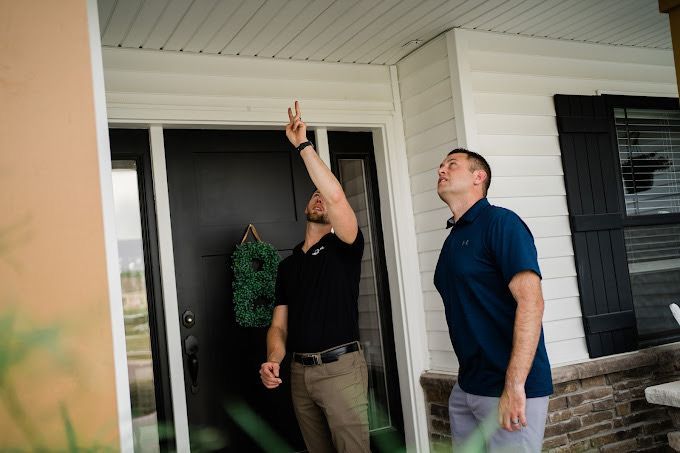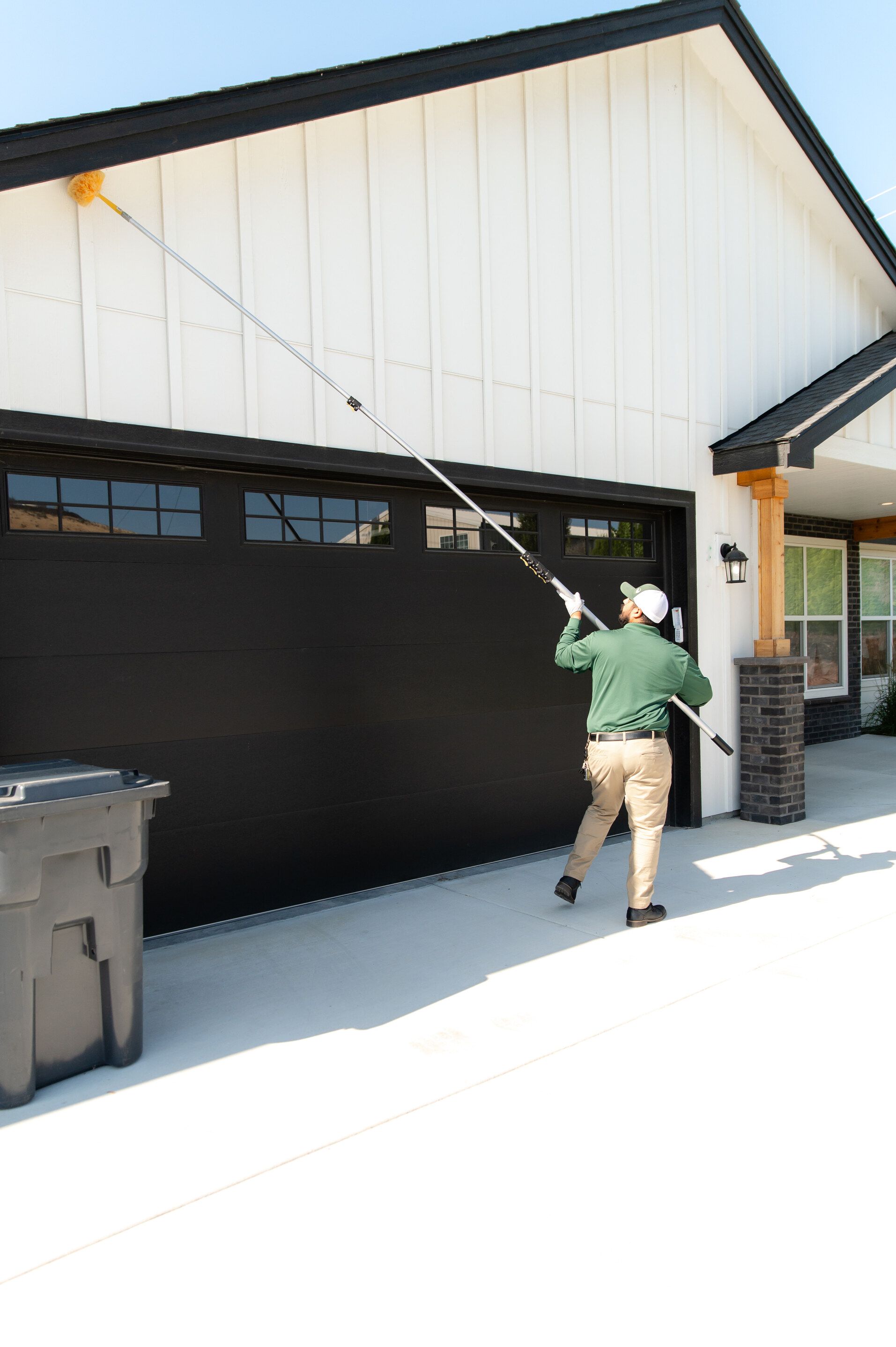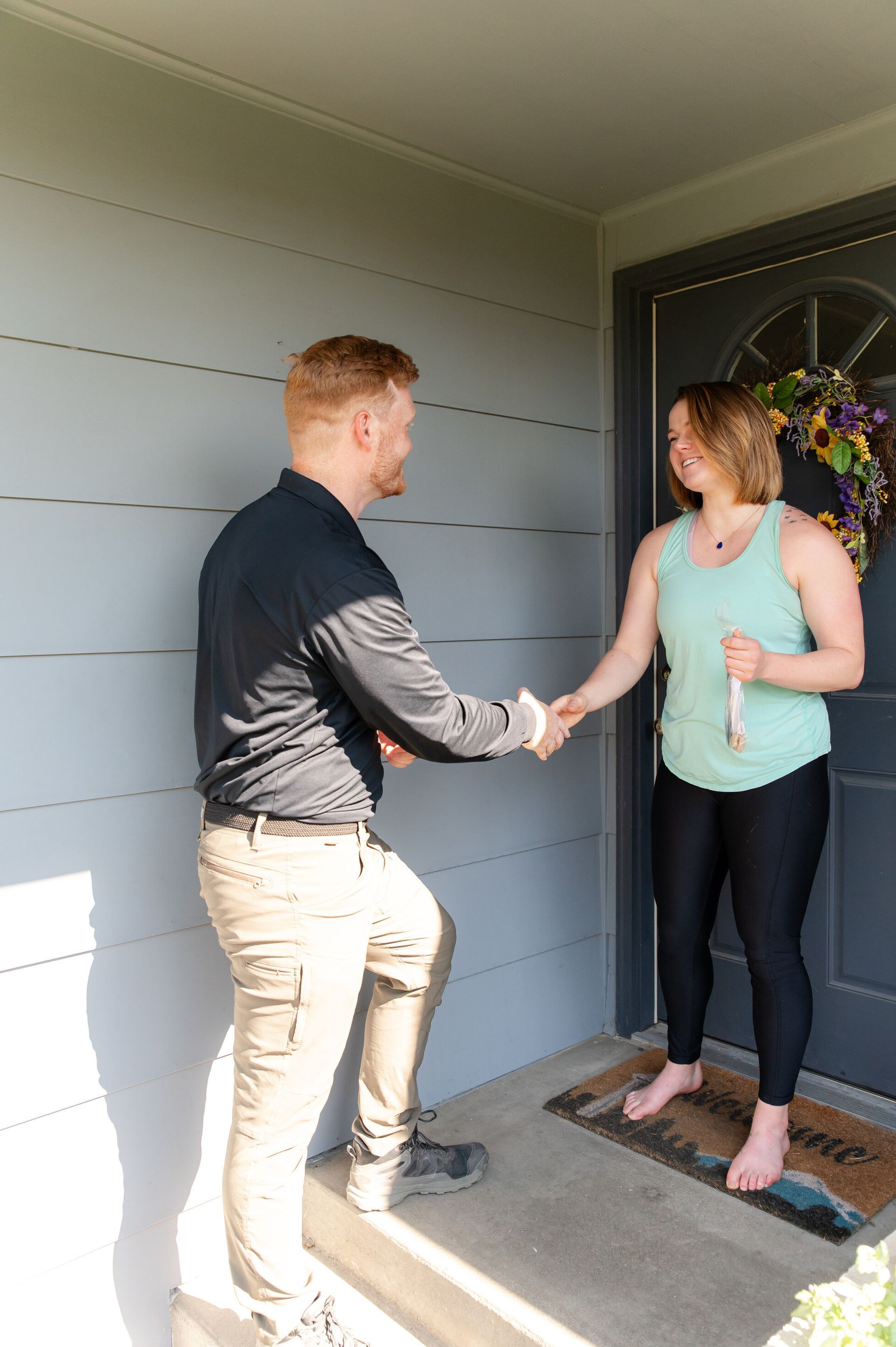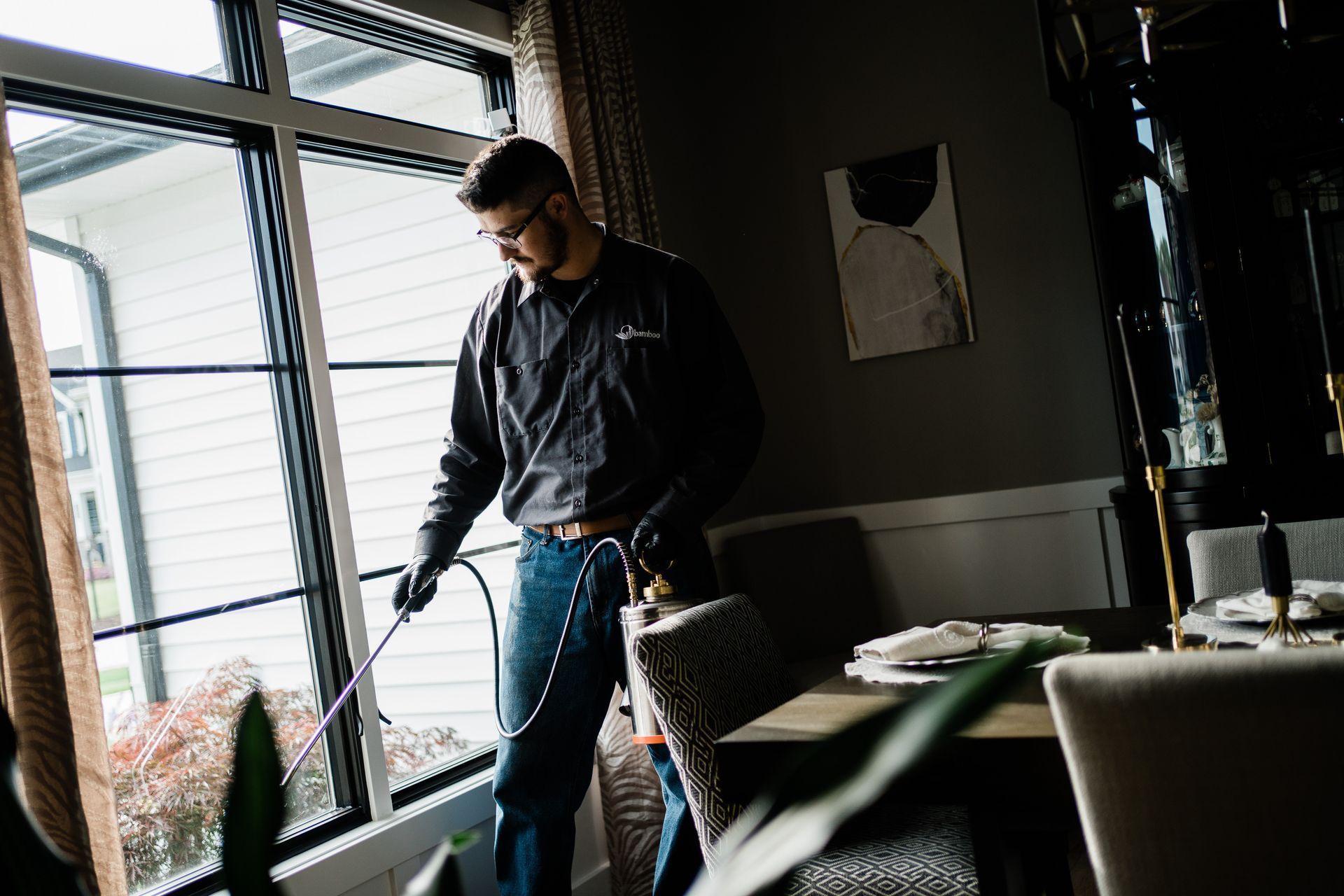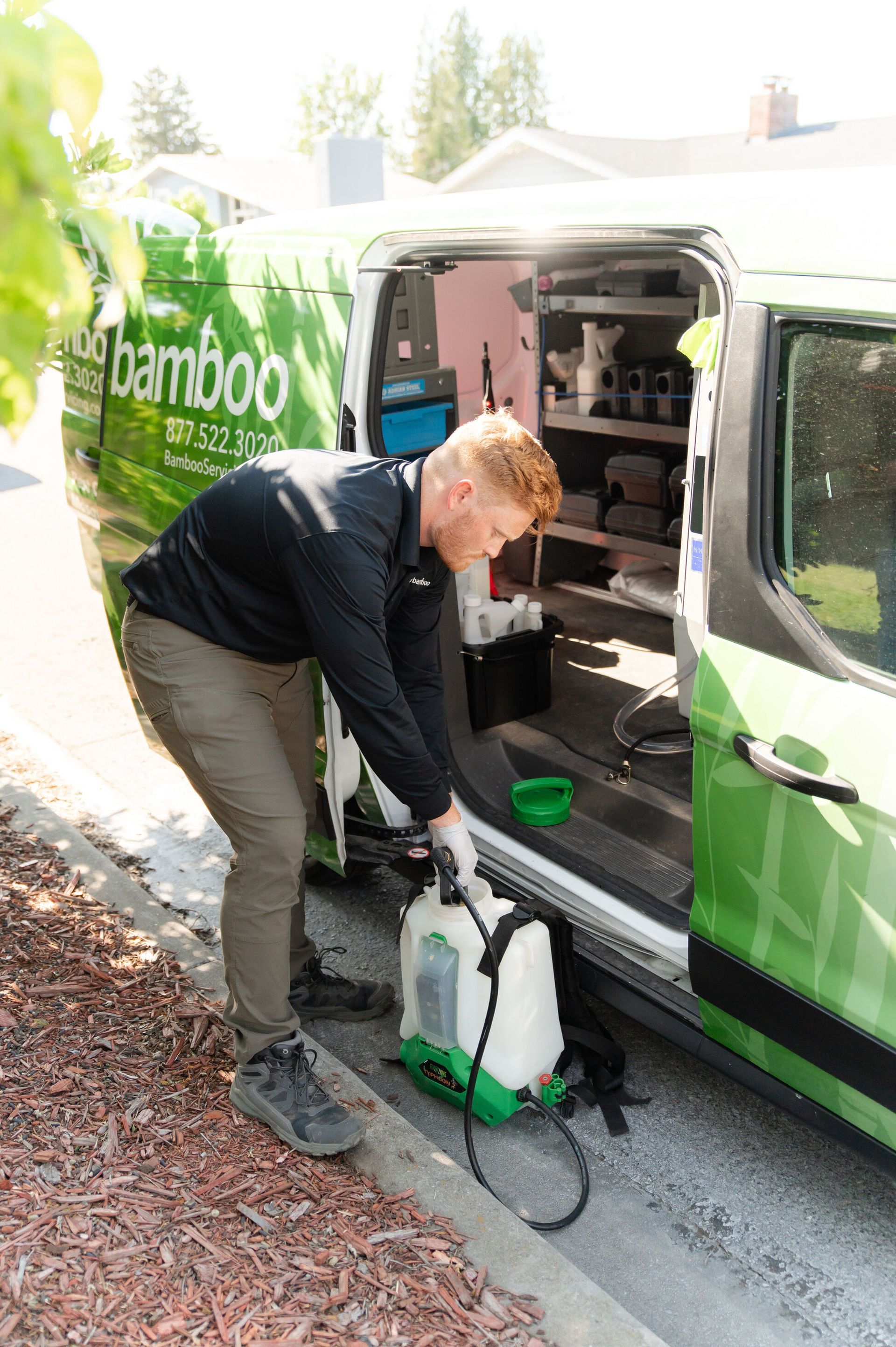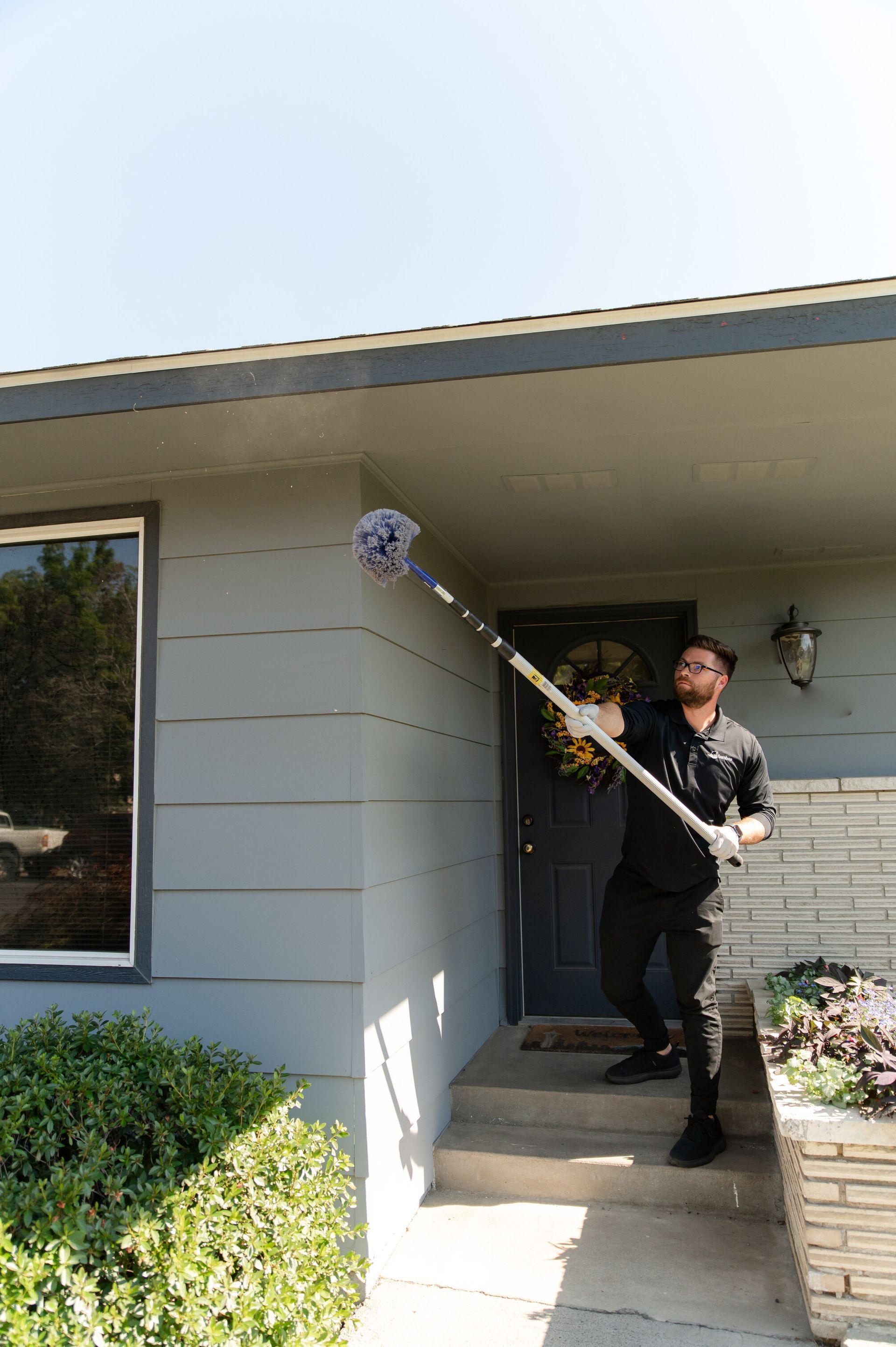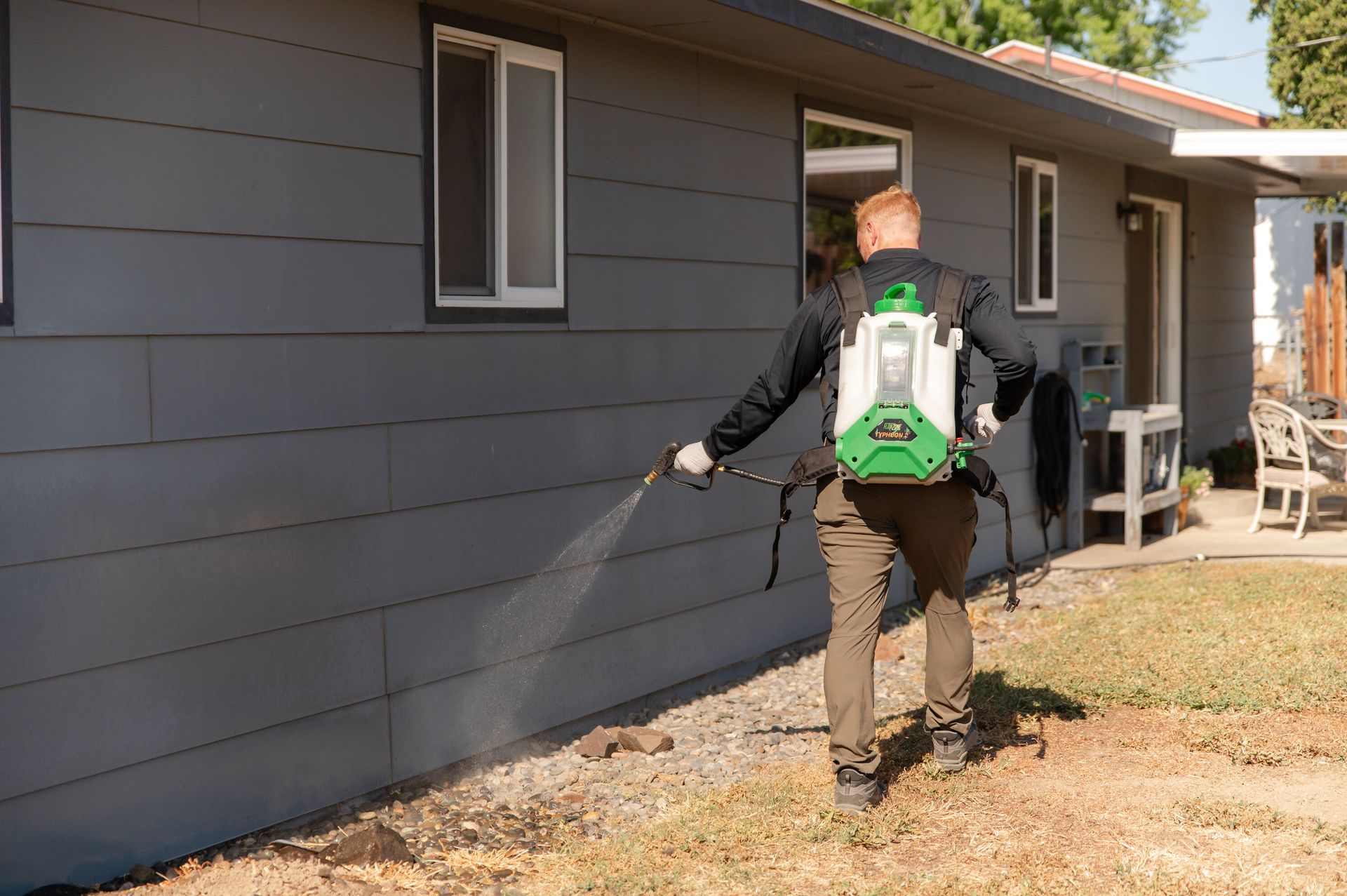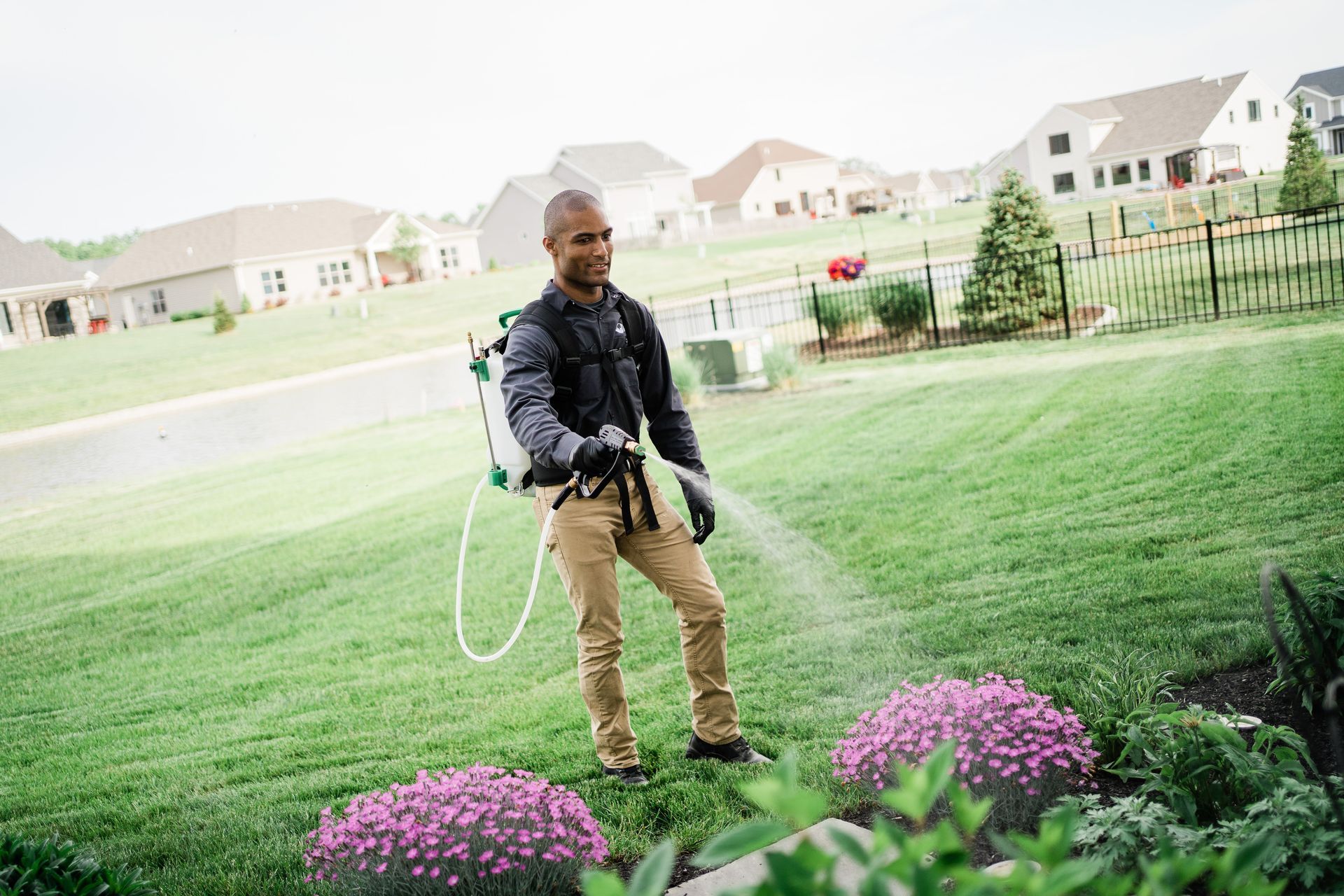How do you ventilate after pest control?
Proper way to ventilate after a pest control treatment
After undergoing a
pest control treatment, proper ventilation of your home is crucial to ensure the safety and comfort of its occupants. Ventilating helps to clear out any pesticide fumes and odors, reducing potential health risks associated with chemical exposure. Here’s a detailed guide on how to effectively ventilate your home following
pest control services.
Understanding the Importance of Ventilation
Ventilation after pest control is essential because it helps remove or dilute airborne pesticides that may linger after treatment. These chemicals, while effective for pest eradication, can be harmful if inhaled in significant amounts or for extended periods. Proper ventilation ensures that any residual chemicals are expelled from indoor environments, safeguarding the health of your family and pets.
Steps to Ventilate Your Home
1. Open Windows and Doors: The simplest and most effective way to begin ventilating is by opening all windows and doors. This creates a cross-flow of air that helps push out the chemical-laden air and brings in fresh air from outside.
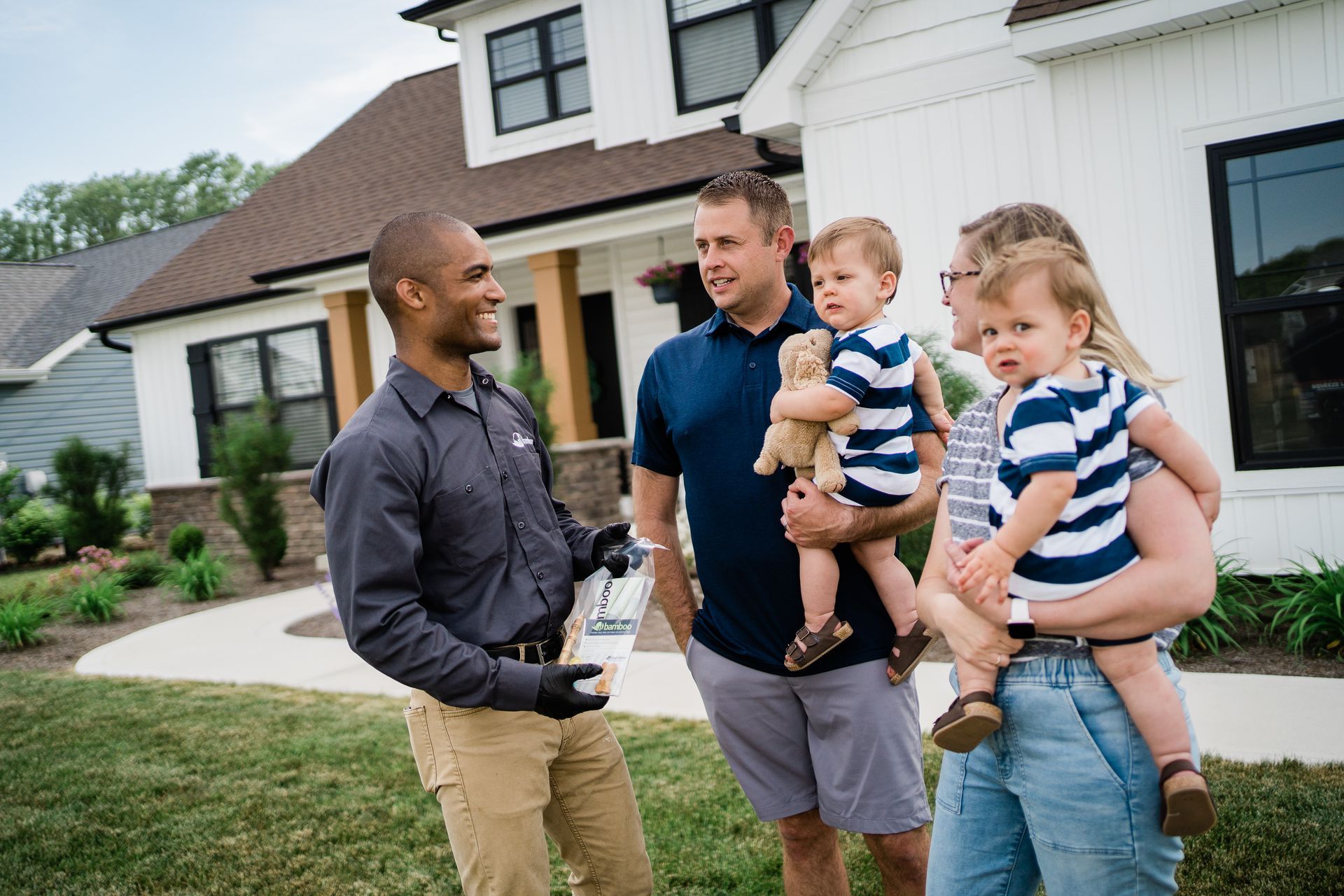
2. Use Exhaust Fans: If your home is equipped with exhaust fans, particularly in the kitchen and bathrooms, turn them on. These fans are excellent for pulling air out of your home, which is particularly useful in areas where sprays may have been heavily applied.
3. Operate Ceiling and Stand-Alone Fans: Enhance air circulation further by using ceiling fans and portable fans. Place stand-alone fans near windows or doors facing outward to help push contaminated air out.
4. Consider the Duration of Ventilation: The time required to effectively ventilate a home can vary depending on the extent and type of treatment, as well as the layout and size of your home. As a general rule, it's advisable to allow at least 24 hours of continuous ventilation. For stronger or more extensive treatments, keeping windows open and fans running for longer periods may be necessary.
Additional Tips for Effective Ventilation
5. Temporarily Vacate the Home: If possible, consider staying elsewhere for the duration of the ventilation process, especially if you have young children, elderly family members, or pets who might be more susceptible to the effects of chemical exposure.
6. Change Air Filters: After you've ventilated your home, replace any air filters in your heating, ventilation, and air conditioning (HVAC) systems. This can help trap any residual particles that might have been stirred up during the treatment and ventilation process.
7. Use Air Purifiers: Deploying air purifiers with HEPA filters can further enhance the air quality inside your home. These devices are effective at capturing tiny particulate matter, including any remaining pesticide residues.
Monitoring After Ventilation
8. Sniff Test: Regularly check for any lingering chemical smells. Persistent odors might indicate that additional ventilation is needed.
9. Observe for Adverse Reactions: Watch for any signs of discomfort or illness in your household that might be related to chemical exposure, such as headaches, dizziness, nausea, or respiratory issues. If any symptoms occur, increase ventilation and consult a medical professional.
10. Maintain Regular Ventilation: Even after the initial post-treatment ventilation, keep up good ventilation practices. Regularly opening windows and using fans can help maintain a fresh and healthy indoor environment.
Conclusion
Properly ventilating your home after pest control is a critical step in ensuring that your environment is safe and comfortable. By following these detailed steps, you can minimize your exposure to harmful chemicals and help ensure that your pest control treatment is both effective and safe for all household members. Remember, when in doubt, extending the ventilation period and consulting with your pest control professionals are prudent practices.
Want To Learn More? Contact Us
Excellent pest control service in Richland doesn't have to compromise the well-being of your family or pets. Opt for a professional pest control service that prioritizes eco-friendly and pet-friendly products, ensuring your home remains safe from pests and harsh chemicals.
Feel free to contact our team to discover more about our safe and environmentally conscious pest management solutions.
Our Additional Posts On Pest Control
For service call: 509-269-2372
Copyright © 2024 - Richland Pest Control via Bamboo All Rights Reserved

